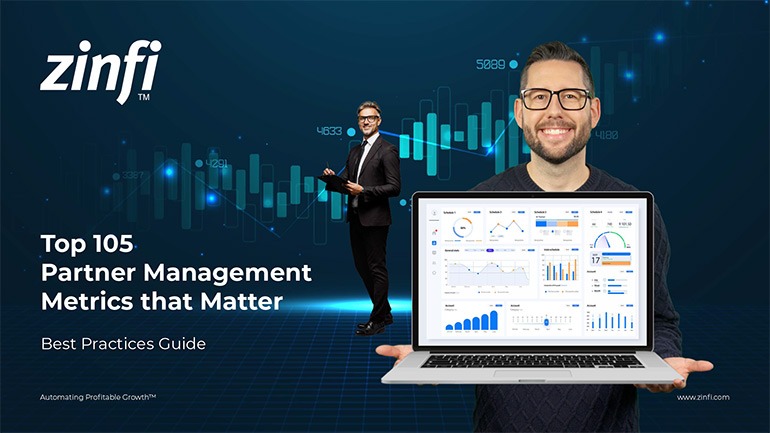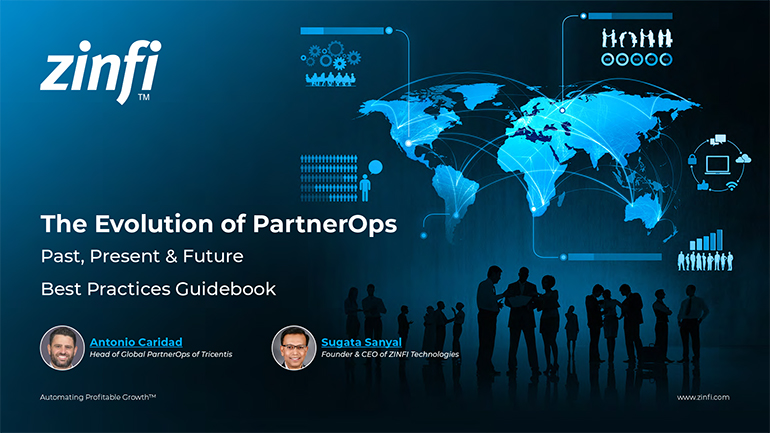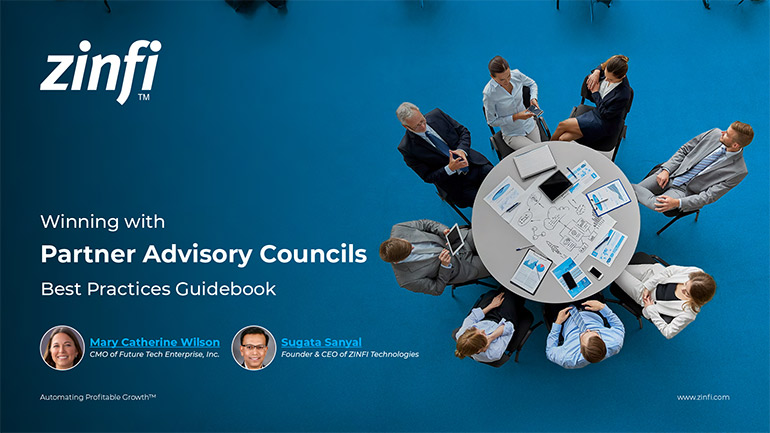Glossary - What is - Automated Risk Management
What is Automated Risk Management?
Automated Risk Management uses software tools and technologies to systematically identify, assess, and mitigate risks within an organization or its partner ecosystem. This approach eliminates manual inefficiencies by leveraging data analytics, artificial intelligence, and real-time monitoring to anticipate potential threats and implement proactive measures. Automated Risk Management ensures compliance with regulatory standards, protects organizational assets, and fosters sustainable growth by minimizing vulnerabilities.
Automated Risk Management is critical for maintaining a secure and compliant network of channel partners in partner ecosystem management. Organizations use automation tools to monitor partner performance, evaluate compliance risks, and enforce guidelines effectively. Solutions like ZINFI’s Partner Relationship Management platform integrate risk management functionalities to streamline processes, enhance operational transparency, and promote accountability across partner networks.
Key Takeaways:
- Proactive Risk Identification: Automated Risk Management tools continuously monitor internal and external data to identify potential risks early. These tools use predictive analytics to flag anomalies and generate risk scores, enabling organizations to address issues before they escalate.
- Regulatory Compliance Assurance: Compliance with industry regulations is a core risk management function. Automated tools ensure adherence to GDPR, HIPAA, and ISO standards by tracking regulatory changes and generating compliance reports. Read ZINFI’s press release on SOC 2 compliance.
- Real-Time Monitoring and Alerts: Risk management platforms provide real-time dashboards that display current risk levels and send automated alerts for high-priority issues. This allows organizations to respond quickly to breaches or compliance lapses.
- Enhanced Decision-Making: Automation provides actionable insights by analyzing risk data and simulating potential outcomes. Organizations can use this information to make informed decisions about resource allocation, partner selection, and policy adjustments.
- Operational Efficiency: Automated systems reduce the time and cost associated with manual risk assessments, audits, and compliance tracking. This increases efficiency while ensuring accuracy and consistency across all risk management activities.
Summary of Key Takeaways:
Automated Risk Management transforms traditional risk processes by integrating advanced tools that proactively identify, monitor, and mitigate risks. By ensuring compliance, enabling real-time responses, and providing data-driven insights, these tools empower organizations to maintain a secure partner ecosystem. Solutions like ZINFI streamline operations and foster accountability, ensuring businesses manage risks effectively and sustainably.
Key Examples:
- Automotive Manufacturing: Automotive firms use automated risk tools to monitor supply chains for potential disruptions, such as raw material shortages or regulatory non-compliance. Predictive analytics help manufacturers mitigate production delays and maintain quality standards.
- Consumer Electronics: Risk management tools track product lifecycle risks in the consumer electronics sector, such as recalls or IP violations. Automated alerts ensure swift responses to potential compliance or market reputation issues.
- Energy Production: Energy companies leverage automation to assess risks related to equipment failures and environmental regulations. Real-time monitoring ensures compliance with safety standards and minimizes operational downtime.
- Financial Services: Banks and financial institutions use automated systems to manage risks associated with fraud, anti-money laundering (AML) compliance, and cybersecurity threats. Tools provide real-time fraud detection and ensure adherence to financial regulations.
- Food and Beverage: Food producers use automated risk tools to monitor supply chain risks, such as contamination or unethical sourcing. Real-time data analytics ensure compliance with food safety standards like FDA or HACCP.
- Healthcare Services: Healthcare organizations rely on automated tools to identify compliance risks related to patient data security (HIPAA) and medical device safety. Automation reduces vulnerabilities while ensuring adherence to health regulations.
- Information Technology: IT firms use risk management tools to monitor cybersecurity risks, data breaches, and software vulnerabilities. Automation enhances response times and ensures alignment with data protection standards like GDPR or CCPA.
- Pharmaceutical Development: Pharmaceutical companies use automated risk tools to track regulatory compliance in drug trials and manufacturing. These tools help mitigate risks related to drug approval delays or safety violations.
- Retail Industry: Retailers employ automated risk systems to assess inventory risks, ensure data security in e-commerce platforms, and monitor compliance with labor laws. Automation reduces operational inefficiencies and protects brand reputation.
- Telecommunications: Telecom providers use automated risk management tools to ensure network security and regulatory compliance. Real-time monitoring identifies service disruptions and compliance gaps, enabling swift resolution.
Conclusion:
Automated Risk Management is essential to modern business operations, offering a streamlined approach to identifying, assessing, and mitigating risks. By integrating automation tools, organizations can enhance operational efficiency, ensure regulatory compliance, and make data-driven decisions to safeguard their assets and ecosystems. Across industries like automotive, healthcare, IT, and telecommunications, automated tools transform how businesses manage risks, enabling them to respond proactively to challenges. ZINFI’s solutions provide companies with the scalability and functionality needed to maintain secure and compliant partner networks, driving growth and building trust in a competitive landscape.
Associated Keywords:
- Risk Management Automation
- Compliance Risk Monitoring
- Proactive Risk Mitigation Tools















